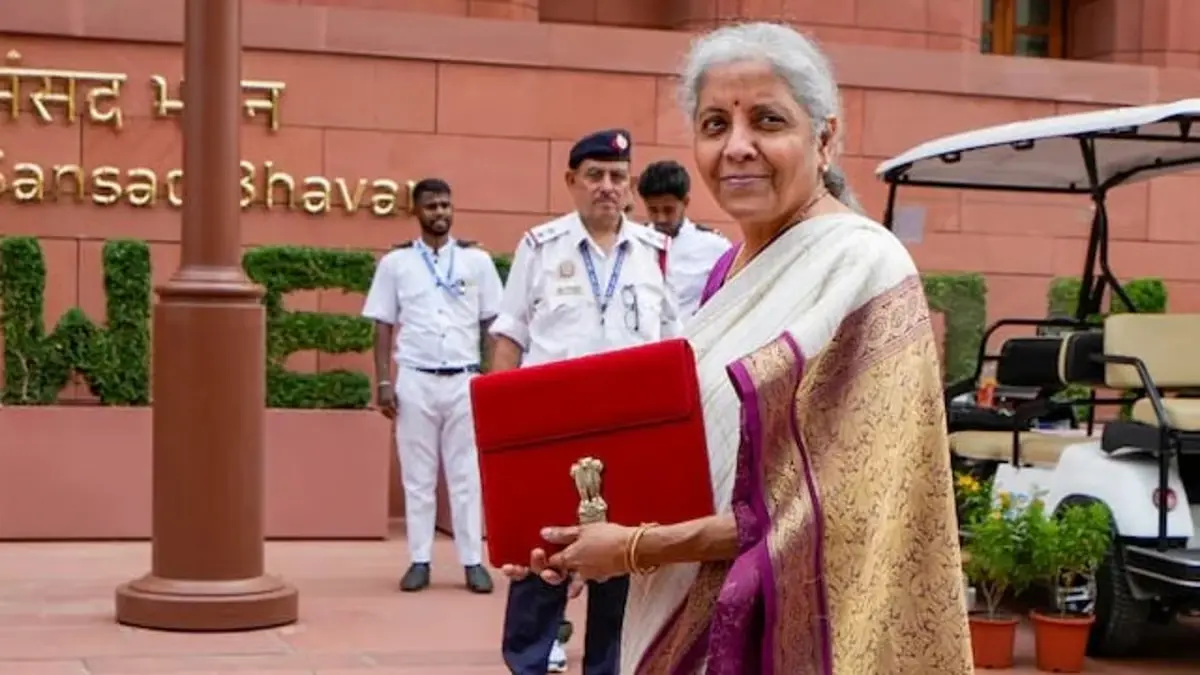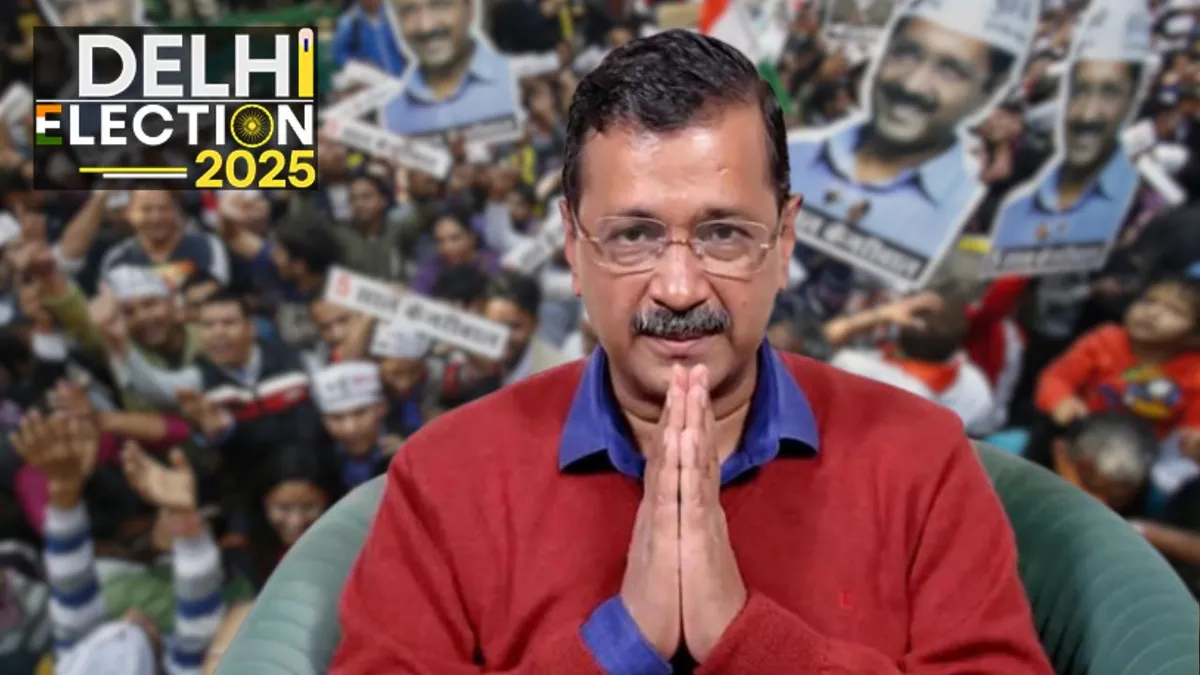
Union Budget 2025 Expectations: Key Announcements and Insights
The Union Budget 2025, to be presented by Finance Minister Nirmala Sitharaman on February 1, 2025, has captured the attention of various stakeholders across India. From taxpayers and corporate leaders to sectors like real estate, infrastructure, and technology, expectations are high for reforms and incentives that will shape India’s economic trajectory. Here is a comprehensive breakdown of the expectations and insights for Budget 2025.
Union Budget 2025: Key Details and Broadcast Information
- Date and Time: The Union Budget 2025 will be presented on February 1, 2025, at 11 AM in the Lok Sabha.
- Broadcast Platforms: The budget speech will be available on the official Parliament channels, Doordarshan, and Sansad TV. It will also be streamed on government’s YouTube channels. Viewers can also follow updates on leading news platforms like Livemint.com.
The first part of the Parliamentary session will run from January 31 to February 13, 2025, while the second part will be held from March 10 to April 4, 2025.
Corporate and Public Expectations
Tax Reforms and GST Rationalisation
Corporate India and the middle class eagerly anticipate tax relief measures. Key expectations include:
- Lower GST rates to reduce the cost burden on businesses and consumers.
- Rationalisation of income tax slabs to provide relief to salaried individuals and the middle class.
- Incentives for startups and MSMEs to boost growth and innovation.
Focus on Infrastructure and Capex Allocation
As India’s infrastructure sector continues to expand, experts stress the need for efficient allocation of capital expenditure:
- Enhanced investments in rail, road, and port connectivity through dedicated freight corridors.
- Increased funding for renewable energy projects, including solar and wind energy.
- Policy incentives for adopting digital technologies like IoT, RFID, and GPS to optimise supply chain operations.
Sector-Specific Expectations
Real Estate Sector
The real estate industry, valued at $477 billion and projected to reach $1 trillion by 2030, seeks transformative reforms. Key expectations include:
- Reduction in long-term capital gains taxes and streamlined regulations for Real Estate Investment Trusts (REITs).
- Enhanced interest rebates for housing loans to stimulate demand, especially in the luxury market, which has seen a 51% growth.
- Granting real estate industry status to reduce land acquisition costs and improve financing access.
Housing Finance Sector
The housing finance industry advocates for updates to existing regulations to ensure affordable homeownership:
- Revising the GST concession limit for affordable housing from ₹45 lakh to ₹60-65 lakh.
- Updating the RBI’s priority sector definition for housing loans to reflect higher property prices.
- Increasing the income tax deduction limit for housing loan interest from ₹2 lakh to ₹4 lakh.
- Exempting notional rent tax on second homes purchased in parental locations.
Supply Chain and Logistics
India’s logistics sector has the potential to become a global benchmark. Key measures anticipated include:
- Investments in first-mile and last-mile connectivity through regional schemes.
- Incentives for adopting advanced digital solutions like IoT and GPS for real-time operations.
- Regulatory support for SMEs and MSMEs to enhance efficiency and resilience.
Broader Economic Expectations
Promoting Domestic Manufacturing
To bolster local manufacturing and economic growth, industry leaders recommend:
- Rationalising import duties on raw materials like scrap metal.
- Eliminating import taxes on essential solar components to support renewable energy goals.
- Offering incentives for industries that drive Make in India initiatives.
Upskilling and Technological Integration
Upskilling the workforce in areas like technology integration and quality control is crucial. Proposed measures include:
- Investments in skill development programs tailored to modern urban governance.
- Policies to facilitate the development of smart, sustainable cities.
- Reforms to encourage AI adoption and cybersecurity enhancements.
Challenges and Opportunities
The 2025 budget comes at a time of economic recovery, with the government balancing fiscal prudence and growth. While the focus remains on addressing immediate challenges, long-term strategies are vital for sustained progress. This includes promoting sustainability, ensuring inclusive development, and fostering innovation across sectors.
Specification Table for Key Budget Expectations
| Sector | Expectations | Proposed Benefits |
| Taxation | Lower GST rates and rationalised income tax slabs | Relief for middle-class taxpayers and businesses |
| Real Estate | Reduced capital gains tax, streamlined REIT regulations | Increased domestic and foreign investments, affordable housing |
| Housing Finance | Revised GST limits and increased tax deductions for housing loans | Broader affordability and homeownership opportunities |
| Infrastructure | Investments in rail, road, and port connectivity | Improved supply chain efficiency and economic growth |
| Renewable Energy | Removal of import taxes on solar components | Boost to domestic capacity and sustainable energy solutions |
| Logistics | Enhanced first-mile and last-mile connectivity | Seamless transportation and cost-effective logistics network |
| Upskilling and Technology | Skill development in AI, cybersecurity, and IoT | Workforce readiness for global standards |
| Manufacturing | Rationalised import duties and support for local production | Competitive pricing and strengthened domestic manufacturing |
Conclusion
The Union Budget 2025 holds immense potential to drive growth and transformation across sectors. By addressing critical areas such as tax reforms, infrastructure development, and technological advancements, the government can set the foundation for a prosperous and inclusive future. Stakeholders eagerly await Finance Minister Nirmala Sitharaman’s announcements that could shape India’s economic landscape for years to come.







